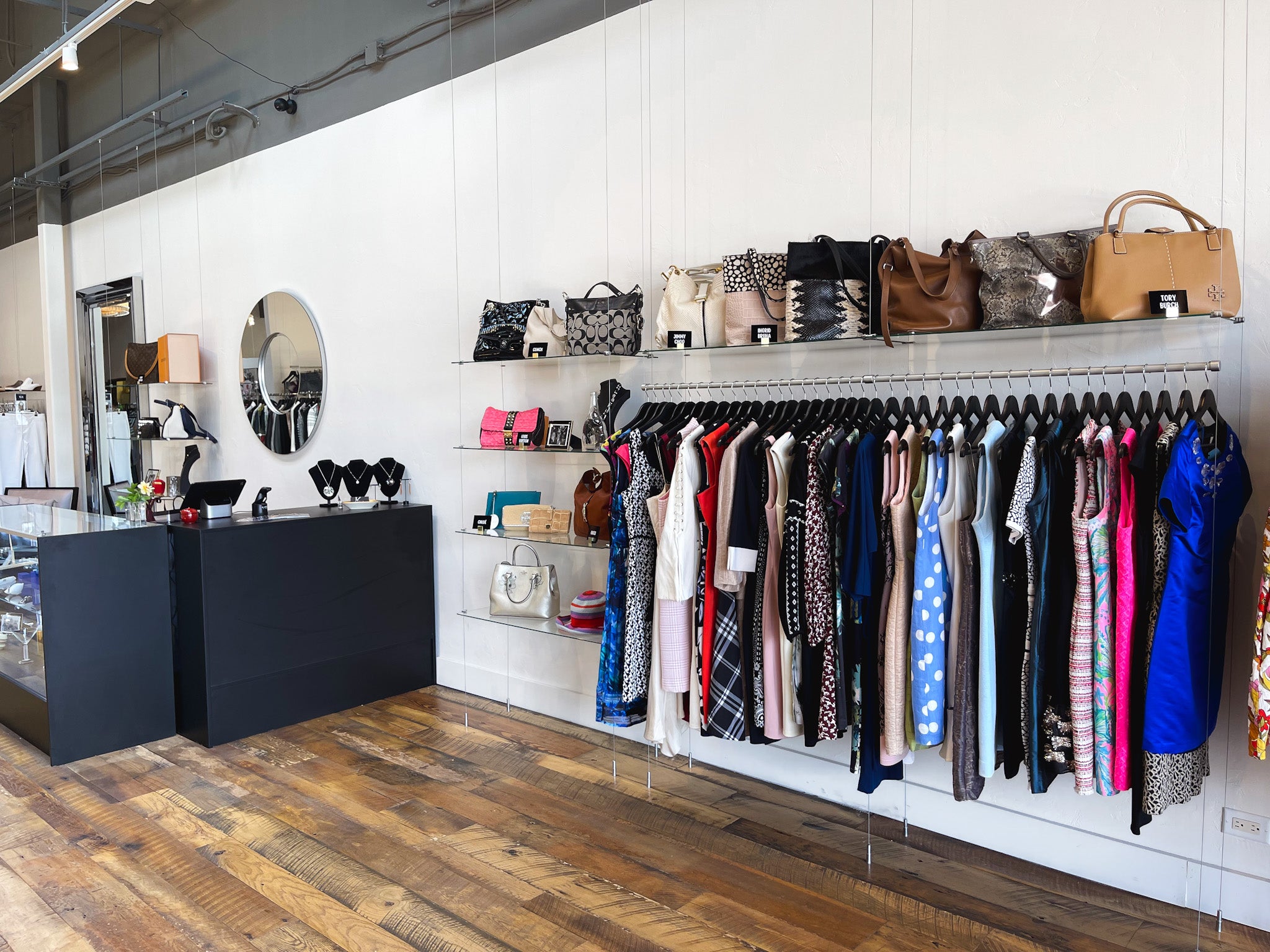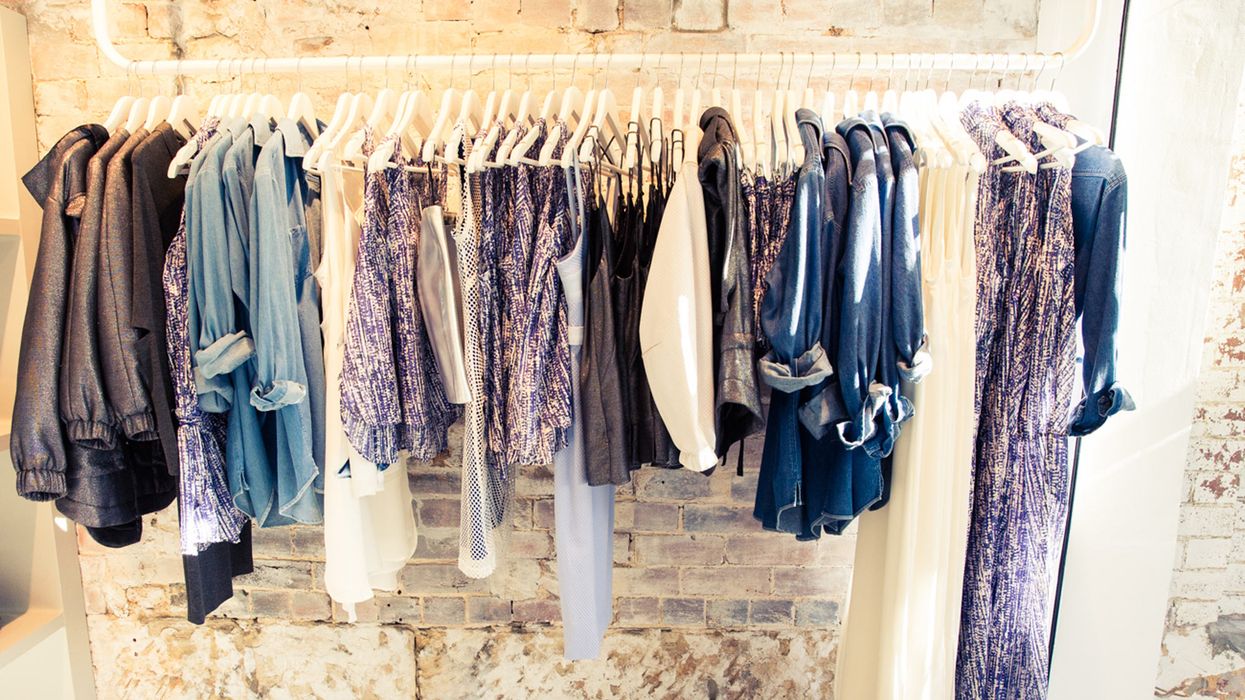Leading 10 Essential Pieces from Your Favorite Boutique Fashion Shops
Leading 10 Essential Pieces from Your Favorite Boutique Fashion Shops
Blog Article
Exploring the Advancement and Impact of Garments on Modern Fashion Trends
The advancement of clothing has actually substantially affected modern style trends, combining historic precedents with advanced advancements. Famous numbers like Coco Chanel and Yves Saint Laurent changed the style industry by introducing ideas that focus on convenience and availability, which continue to resonate today.
Historical Fashion Influencers
In the tapestry of style history, certain numbers have actually left an enduring mark, shaping the patterns and styles that specify entire ages. Coco Chanel, an innovative designer, redefined females's fashion by presenting comfy, classy clothing that left from limiting bodices. Her iconic Chanel fit and little black outfit have actually become ageless staples in closets worldwide. Christian Dior's post-war "New Look" in 1947, with its celebration of femininity with full skirts and cinched waists, marked a return to luxury and has actually continued to affect designers.
Elsa Schiaparelli is another crucial figure, renowned for her avant-garde layouts that incorporated surrealist art, collaborating with Salvador Dalí to create wayward pieces that tested conventional aesthetic appeals. Her ingenious use shade and vibrant patterns reverberates in contemporary fashion. Yves Saint Laurent, on the other hand, equalized high style with prêt-à-porter collections, bringing path styles to the masses and establishing a criterion for modern-day ready-to-wear lines.
These enthusiasts, to name a few, not only transformed fashion in their times but additionally established enduring patterns that resonate in today's apparel industry, giving a structure upon which contemporary designers proceed to introduce and develop. Their legacies highlight the importance of creative thinking and daring in vogue's ever-evolving narrative.
Technological Advancements in Style
Among the dynamic landscape of the garment industry, technical advancements stand at the forefront of advancement, reshaping just how developers create and consumers involve with style. The integration of 3D printing has actually changed design processes, enabling developers to trying out intricate structures and lasting products that were formerly unthinkable. This innovation promotes fast prototyping, lowering waste and quickening production times.

Smart textiles, embedding modern technology into textiles, are additionally changing the sector. Developments like self-cleaning and temperature-regulating textiles provide boosted functionality and convenience. Wearable innovation, incorporating functions like physical fitness monitoring and interaction, adds a brand-new dimension to style, merging visual appeals with functionality.
Cultural Shifts and Style
As technological improvements proceed to reshape the fashion market, social shifts are similarly prominent, redefining design and customer preferences. In recent years, the rise of social media platforms has actually increased the dissemination of global style trends, enabling diverse social impacts to converge and exist together. This digital interconnectivity has actually promoted the fast exchange of concepts, causing a more inclusive and eclectic interpretation of style that shows the multifaceted nature of contemporary society.
Social understanding and appreciation have actually motivated developers to attract motivation from a wider range of historical and ethnic contexts, integrating conventional motifs with modern aesthetics. This fusion has resulted in style that reverberates with a larger target market, promoting a feeling of identification and belonging across various demographics. Additionally, the enhancing need for customization has driven brand names to use adjustable options, enabling consumers to express individuality while reflecting their social heritage.
Furthermore, changing societal worths have influenced style, with inclusivity and Read Full Report variety ending up being central motifs. The sector has begun to welcome designs and influencers of different body kinds, ethnic backgrounds, and gender identities, difficult conventional appeal criteria. This improvement highlights the power of cultural changes fit the future of fashion, as style comes to be an extra genuine expression of individual and collective identification.
Sustainability and Modern Layout
While the style industry proceeds to develop, the crucial for sustainability has ended up being increasingly immediate, influencing modern-day layout techniques. The surge of slow-moving fashion, which emphasizes quality over amount, motivates customers to invest in ageless items rather than short-term trends.
Additionally, modern-day style is defined by its innovation in reducing waste and promoting circularity. This technique not just alleviates environmental effect yet additionally improves the social responsibility of fashion residences.

Future Trends in Fashion

Sustainability will proceed to be a driving force in shaping future style trends. The industry is progressively adopting environmentally friendly products and moral manufacturing techniques, replying to an expanding consumer demand for accountable practices. Developments such as bio-fabricated products and closed-loop recycling systems are readied to redefine just how clothing is generated and taken in, minimizing environmental impact while keeping design and high quality.
Cultural shifts, consisting of the increase of inclusivity and variety, will also play a crucial role. As society comes to be a lot more familiar with social concerns, fashion is anticipated to come to be a system for expression and change. Designers will likely focus on creating collections that show a wider series of identities and experiences, promoting representation and ease of access.
Verdict
The evolution of clothing considerably affects contemporary fashion trends, where historic impacts merge with modern designs. This continuous evolution emphasizes fashion's function as a mirror to social worths and technical improvement, suggesting a future abundant with innovation and inclusivity.
The advancement of apparel has substantially influenced modern weblink fashion fads, merging historic criteria with cutting-edge innovations.In the middle of the vibrant landscape of the fashion market, technical improvements stand at the center of innovation, improving just how developers create and consumers engage with style.While the fashion sector continues to develop, the important for sustainability has actually come to be significantly immediate, affecting contemporary design methods. As sustainability becomes embedded in modern design, it leads the way for a much more conscious and liable style sector.
The advancement of clothes dramatically influences modern-day fashion patterns, where historical impacts combine with contemporary designs.
Report this page